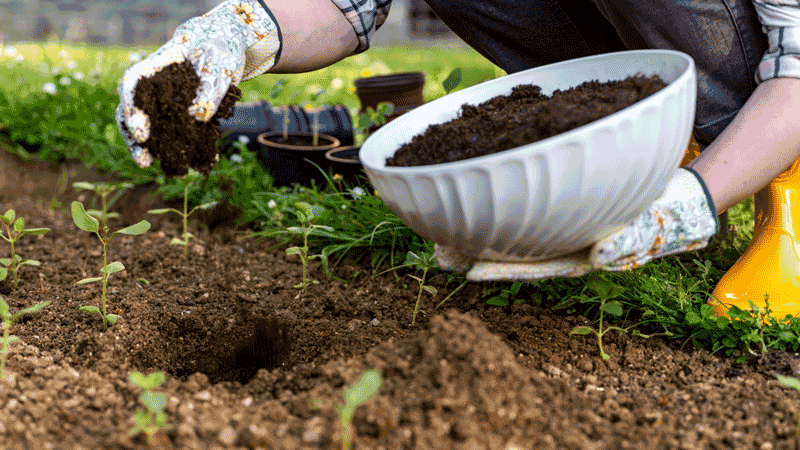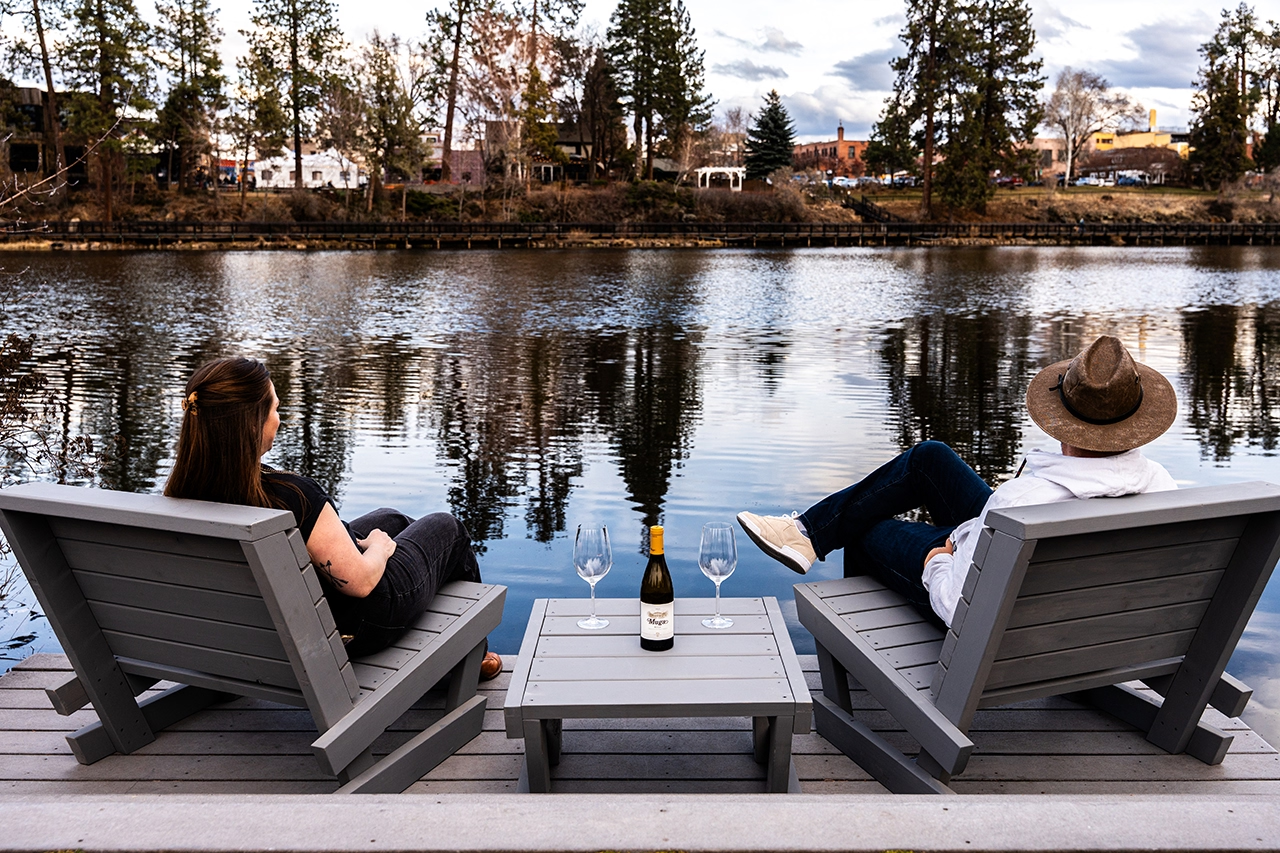In today’s world, being mindful of what we do with our food, both what we consume and what we don’t, is a wonderful way to kickstart a more sustainable lifestyle. With food waste contributing to a staggering 24 percent of all landfill content and a significant eight percent of global greenhouse gas emissions, it’s high time we reevaluate our approach to leftovers and scraps. This is where composting comes into play. Carys Wilkins, the owner of Sister’s Mahonia Gardens and Farmstand, aptly puts it, “Even before I became a farmer a decade ago, composting felt like one of the most accessible ways to reduce my energy footprint. Not only does it help reduce landfill waste, but it also creates nutrient-rich soil that can be used for growing food.”
Composting is the natural process through which organic matter, such as kitchen food scraps or backyard leaves, transforms into a dark, fertile soil called compost. While these materials will break down naturally over time, composting expedites the process by creating an ideal environment for decomposition. Making the perfect compost pile might seem daunting, but it’s much simpler than you might think. This straightforward guide has everything you need to kickstart your composting journey.
Location, Location, Location
Regardless of where you call home, there’s a composting method that can fit your lifestyle. If you have a backyard, consider creating an open-air pile or an enclosed compost bin fashioned from an old trash can or metal box. Ensure the location is shaded and dry, away from animals, with good drainage.
Not planning to garden but still eager to embrace sustainable living? Simply gather food scraps in a countertop collection bin, which you can then transfer to a yard waste receptacle for someone else to convert into compost. Living in a smaller space? No worries. You can purchase a small compost bin designed for apartment living or even use a large plastic bag to mix compost materials. For residents of Bend and Redmond, Cascade Disposal or Republic Services collect yard debris and food waste every other week.
Building the Pile
To nurture a thriving compost pile, you’ll need four essential elements: nitrogen, carbon, water and air. Nitrogen and carbon are often referred to as the “greens and browns.” Nitrogen-rich “greens” include fruit and vegetable scraps, grass clippings, flowers, eggshells and animal manure. “Browns” provide carbon and are derived from yard materials like dead leaves, twigs, wood chips, hay, soil, as well as items such as egg cartons and old newspapers.
Browns should form the base of your pile, with alternating layers of greens and browns stacked on top. Maintain consistent moisture by watering every three to seven days and introduce air by turning the pile approximately every two weeks. Layering greens and browns, while cutting them into smaller pieces, will facilitate aeration. Remember to keep dairy products, meat, oil, coal, pet waste and diseased plants out of the pile. The success of your compost pile can often be gauged by its scent. A pleasant, earthy fragrance indicates you’re on the right track. However, if it starts to take on a foul odor, it’s time to add more brown materials and give it a good turn.

Putting Your Compost to Use
Compost can become ready to use anywhere from one month to a year, depending on various factors. You’ll know it’s ready when the original organic materials are no longer recognizable, and the compost appears dark and crumbly and smells fresh and earthy. Now, it’s time to reap the rewards of your composting efforts. As Wilkins suggests, if you have any outdoor space, you can use your compost to enrich trees, bushes or even a section of your lawn where you plan to grow veggies. Compost introduces a wealth of nourishing nutrients to the soil, making it a boon for your crops. Even if you’re in an apartment, you can replace your houseplants’ soil with your homemade compost every six months instead of relying on chemically enhanced bagged soil.
If the concept of composting resonates with you, but you don’t have a direct use for it at home, fear not. There are plenty of options available. Community gardens, for instance, often accept kitchen scraps. You can also consider initiating a community compost bin in your neighborhood. “Our farm stand in Sisters, The Stand, has a community compost bin,” Wilkins said. “Come check it out for an example of how to start your own.”





